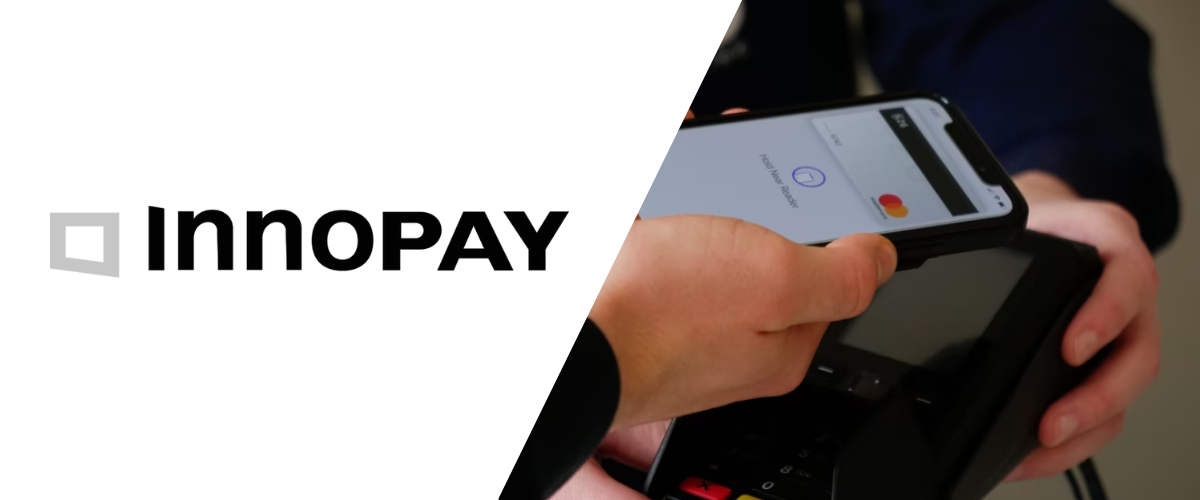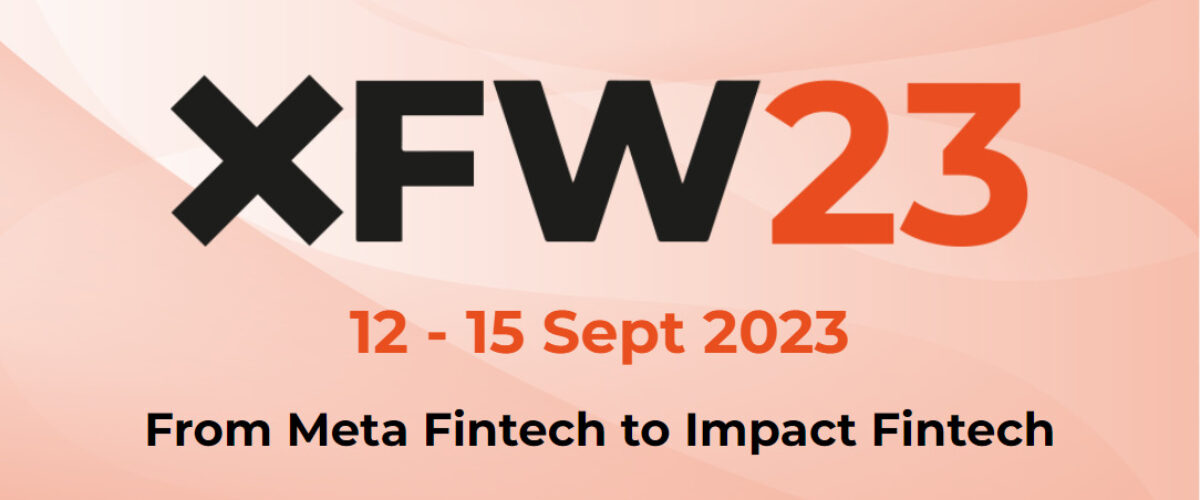Blockchain, Bitcoin and Decentralised Finance (DeFi) are all relatively new terms in today’s commercial vocabulary. Although their impact on the future of business is not yet entirely clear, at INNOPAY we believe that the genie is out of the bottle. The shift from institutional (centralised) to infrastructural (decentralised) trust is now unstoppable, and it marks a turning point in the history of finance. Decentralised technologies are set to revolutionise the global financial system and its institutions. This article explains more about how infrastructural trust works and explores the opportunities of DeFi for the financial sector.
In a recent article, the Harvard Business Review predicted that the current economic situation caused by the COVID-19 pandemic will “hasten the progress to more decentralised value chains”. Indeed, the current focus on decentralised technologies such as blockchain and Bitcoin is part of a general global tendency towards decentralisation of technology, functionality and business models which can be seen in several domains, including energy, social media, music and broadcasting. Meanwhile, in the finance sector, cryptocurrencies such as Bitcoin and the underlying blockchain protocols are driving the shift to Decentralised Finance.
BITCOIN: THE FIRST INTRODUCTION TO INFRASTRUCTURAL TRUST
Decentralised Finance (DeFi) is a permissionless infrastructure, fully secured by encryption, that enables people and businesses to perform transactions directly with each other, without needing institutions to act as intermediaries. The roots of DeFi can be found in the 2008 Bitcoin whitepaper that set out a new system for digital cash. Bitcoin made it possible to transfer value between two ‘peers’, through open-source software and without a sign-up process (i.e. permissionless), by building trust into the technology and the governance behind it. This was the world’s first introduction to cryptocurrency and the concept of infrastructural trust.
This infrastructural trust is based on a number of concepts:
1. Digital scarcity
The concepts of digital ‘scarcity’, digital ‘uniqueness’ and digital ‘ledger’ are foundational for Bitcoin and many other blockchain-based cryptocurrencies such as Ethereum, Binance Coin, Solana and Stellar. In the past, nothing digital could be ‘scarce’ because digital things could easily be copied or altered. As a result, it was impossible to trust anything digital, since it could be a fake.
Digital scarcity was pioneered by Bitcoin. It proved that digital assets can be owned and transferred simply by controlling the cryptographic keys of an address. In the case of Bitcoin, a network of verifiers (‘miners’) produce an update of the decentralised ledger approximately every 10 minutes, in order to secure the ledger.
Together with the smartly designed incentive structure (by the competitive and energy committing consensus), Bitcoin has clearly proved its scarcity, as underlined by recent spectacular increases in its price (up to US$60,000 as of October 2021). This scarcity allows digital representations of value, data and physical objects to be controlled by end-users through the possession of digital keys. Other cryptocurrencies and blockchains have emerged since Bitcoin, all with different design choices, levels of adoption and success. Ethereum is currently the second largest after Bitcoin, followed by Binance and Solana.
Intermediaries such as specialised and regulated service providers (e.g. Coinbase, Kraken, Binance and Gemini, to name but a few) can be used at the end-user’s discretion in order to make it easier to manage and operate blockchain accounts. This can be beneficial since the security features make them cumbersome to use and error-prone, which in turn can lead to loss of funds. In a way, this is similar to how money is dealt with today; users can hold cash themselves, but also have the option to enlist a bank’s help to hold and manage cash for them.
2. Layer 1 and 2 protocols
In a decentralised ecosystem, there are two types of protocols. A Layer 1 protocol refers to a blockchain, and a Layer 2 protocol refers to a third-party integration that can be used in conjunction with a Layer 1 blockchain.
It is important to understand this distinction. Layer 1 protocols are the base security layers of cryptocurrencies such as Bitcoin, Ethereum and the newer offerings by Binance and Solana.
However, as the number of users grows, the transactional capacity of the underlying blockchain fills up. This leads to higher transaction fees and lower throughput. The goal of the Layer 2 protocol is to improve the transaction speed at lower fees, thus allowing scalability, at the expense of a reduction in centralisation and security.
The Layer 2 protocol for Bitcoin is called the Lightning protocol. Ethereum has various scaling options and combinations, including Plasma, Flexa and xDAI. In the case of payments, these protocols are for users to transact, by netting transactions across various ‘nodes’. Nodes receive a small fee for backing full or partial transactions with Layer 1 assets (e.g. Bitcoin and Ethereum). Layer 2 solutions are live, but are in continuous development while in use (as is almost everything in the blockchain realm). As Bitcoin usage continues to grow over time, more value is being entrusted to the Lightning network (approx. US$200 million in October 2021 in order to secure faster value exchange. The Ethereum Layer 2 ecosystem is approximately a thousand times bigger (US$200 billion in October), mainly because these Layer 2 protocols primarily relate to services other than payments.
The natural trade-off of these two protocol layers is security, adding to the infrastructural trust. This can be likened to Real Time Gross Settlement (RTGS) systems and the Automated Clearing House (ACH) set-up in the traditional payments world. ACHs aggregate payment balances between banking participants (netting) and input the resulting value transfer to the RTGS system for final settlement (see Figure 1).
____
Read more here.



